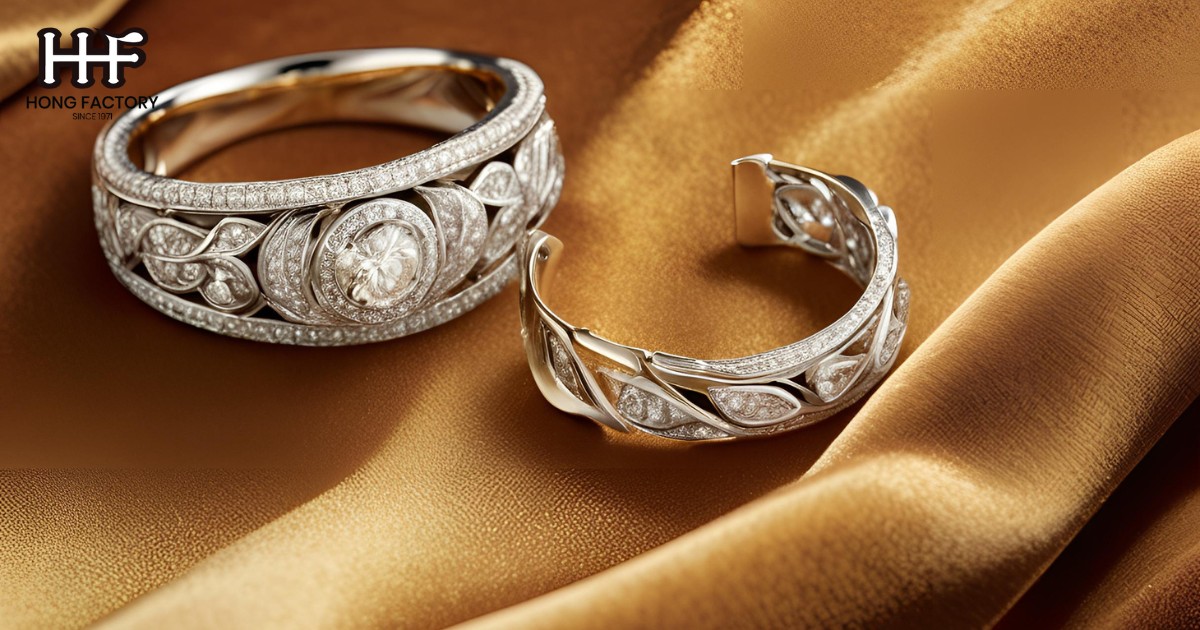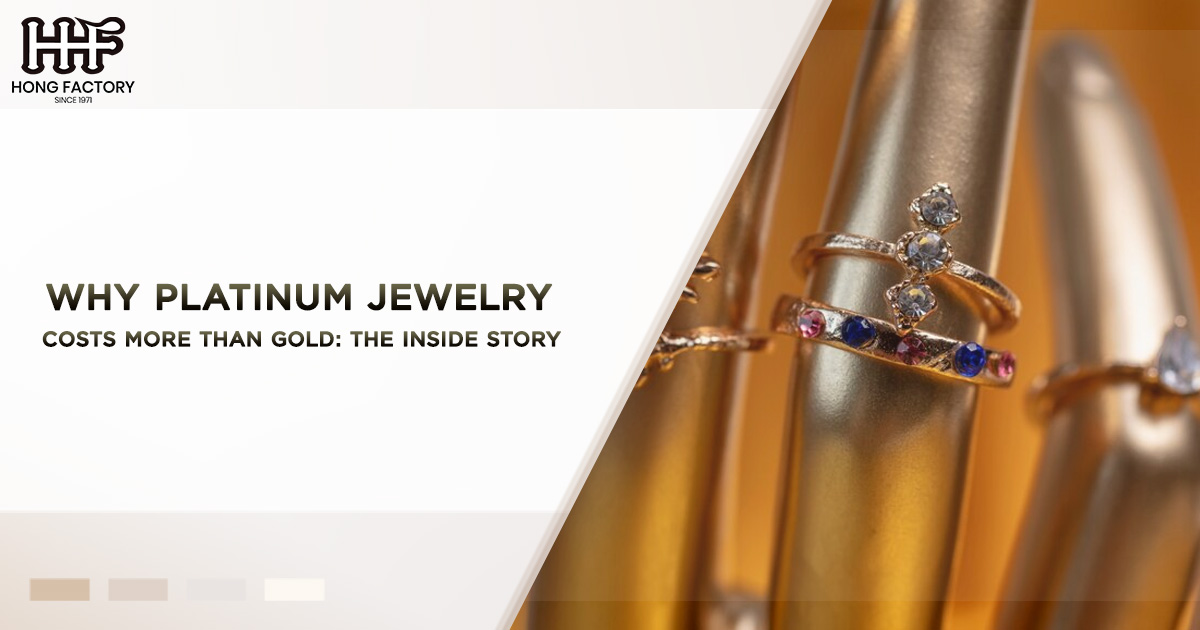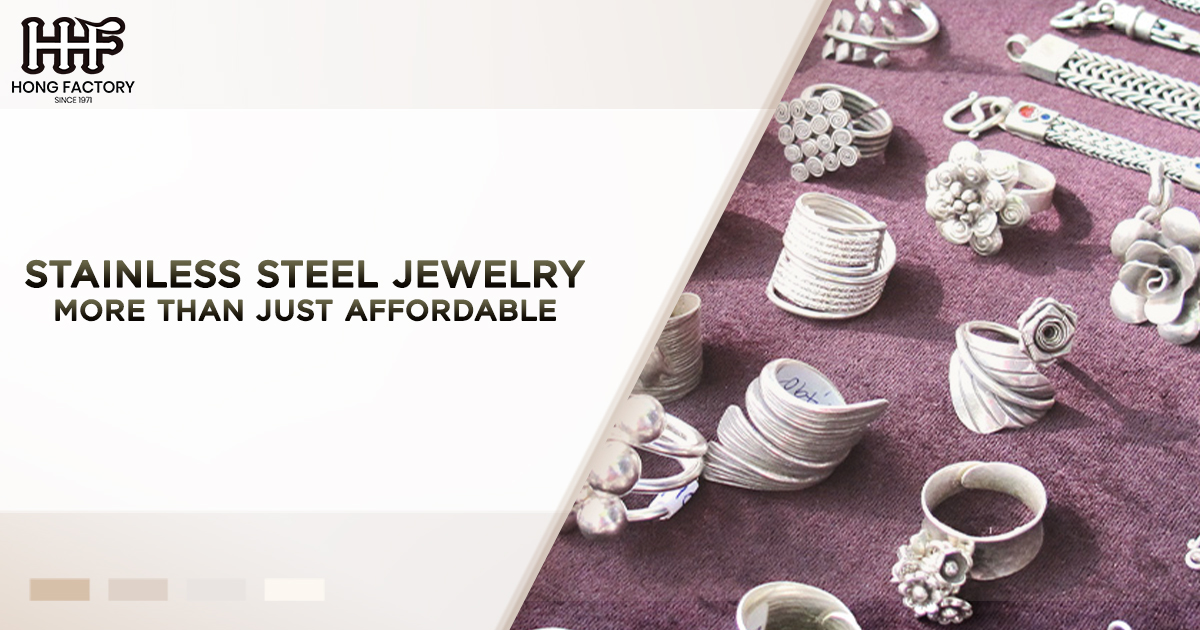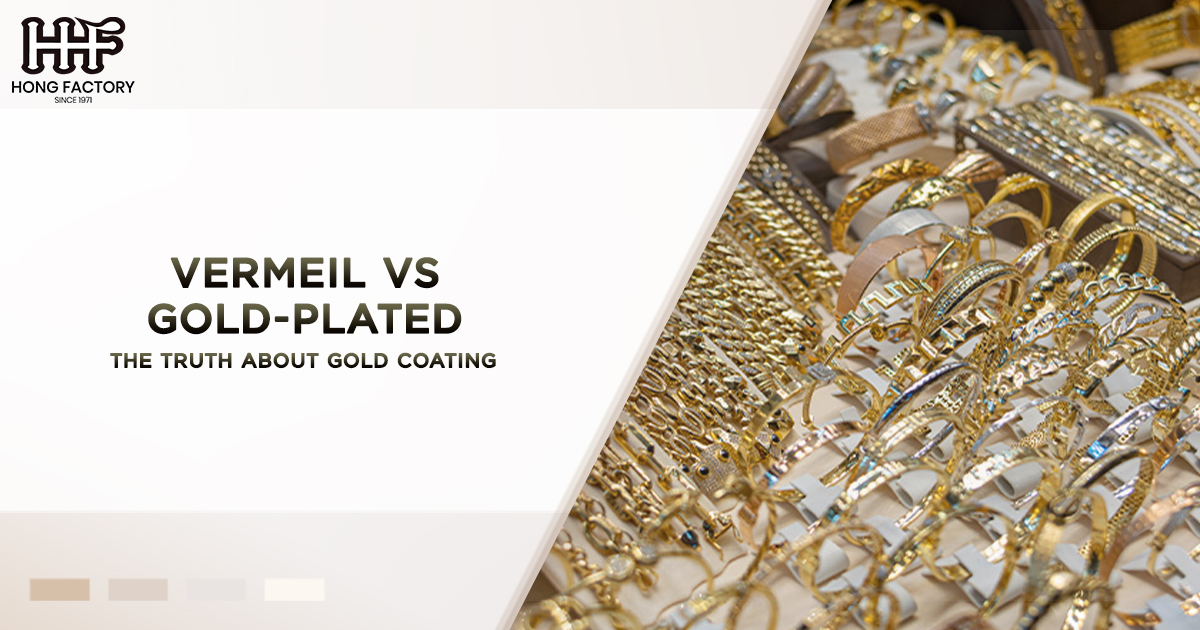When it comes to precious metals , few compare in allure and prestige to platinum and gold. Both have been coveted for centuries, used as symbols of wealth, status, and love. However, anyone shopping for jewelry will notice that platinum jewelry often commands a higher price than its golden counterpart. While the difference in cost might seem puzzling at first, it is rooted in the unique properties, rarity, and desirability of platinum. In this article, we’ll dive into the reasons behind platinum’s higher price tag, focusing on its properties, comparison with gold, value factors, and investment potential.
Platinum Properties – What Makes It So Special?
Platinum is one of the most remarkable luxury mestals in existence, boasting a combination of physical, chemical, and aesthetic properties that make it ideal for fine jewelry. Let’s explore some of these standout characteristics
- Rarity and Purity
Platinum is significantly rarer than gold. In fact, it’s estimated that all the platinum ever mined could fit inside an average living room, whereas gold mined to date could fill three Olympic-sized swimming pools. This scarcity is one of the primary reasons platinum jewelry costs more.
Additionally, platinum jewelry is usually 95% pure, compared to 14K or 18K gold, which contains only 58.5% or 75% gold, respectively. The higher purity level of platinum not only contributes to its price but also appeals to consumers looking for hypoallergenic and durable options.
- Durability and Strength
Platinum is renowned for its durability . It’s a dense, heavy metal that resists wear and tear better than gold. While gold can scratch and lose small amounts of material over time, platinum merely displaces when scratched, meaning no material is lost. This makes it ideal for heirloom pieces like engagement rings, where the metal needs to stand the test of time.
- Unique Appearance
Platinum’s natural white hue is another attractive feature. Unlike white gold, which is alloyed with other metals and often coated with rhodium to achieve its white color, platinum’s luster is intrinsic. Over time, platinum develops a patina, a soft matte finish that many people find appealing. This natural beauty eliminates the need for frequent polishing or recoating, adding to its value.
Platinum vs. Gold – A Detailed Comparison

To understand why platinum jewelry costs more than gold, it’s helpful to compare the two metals across various factors, including rarity, weight, maintenance, and aesthetics.
- Rarity
As mentioned earlier, platinum is much rarer than gold. For every 10 tons of gold mined, only 1 ton of platinum is extracted. The limited supply of platinum drives up its price, both in raw form and as finished jewelry.
- Weight
Platinum is denser and heavier than gold. This means a platinum ring will weigh more than a gold ring of the same size, which directly affects its price. For example, a platinum wedding band will feel sturdier and more substantial on the finger compared to a gold one.
- Maintenance
Gold, particularly white gold, requires more maintenance over time. White gold needs periodic rhodium plating to maintain its bright white appearance, whereas platinum retains its color and finish naturally. While platinum’s patina may not appeal to everyone, it requires less upkeep, making it a more practical choice for some buyers.
- Price
Despite gold’s higher spot price per ounce in certain periods, platinum jewelry often costs more because of the additional labor required to work with the metal. Platinum’s hardness and high melting point make it more challenging to shape and polish, leading to higher craftsmanship costs.
- Symbolism
Both platinum and gold are considered luxury metals , but platinum often carries an air of exclusivity. It’s frequently associated with milestone moments like 20th wedding anniversaries or high-end collections, which adds to its perceived value.
Value Factors of Platinum Jewelry
The price of platinum jewelry isn’t just about the raw material; other value factors come into play that further explains its premium cost.
- Craftsmanship
Platinum’s density and hardness make it more difficult to work with than gold. Jewelers must use specialized tools and techniques to mold, set, and polish platinum pieces. This results in higher labor costs, which are factored into the final retail price.
2. Longevity
Thanks to its durability , platinum jewelry often lasts longer than gold. For example, the prongs on a platinum ring are less likely to wear down over time, making it a popular choice for securing diamonds and other gemstones. This longevity contributes to its value, as buyers view platinum as a long-term investment.
- Hypoallergenic Properties
Platinum is hypoallergenic, meaning it’s unlikely to cause skin irritation. Gold, on the other hand, is often mixed with alloys like nickel, which can trigger allergic reactions in some people. For those with sensitive skin, platinum is a premium option worth the extra cost.
- Prestige
Platinum is often marketed as the “metal of choice” for luxury goods, from wedding bands to designer watches. Its association with exclusivity and wealth is a significant factor in its higher price point.
Investment Potential – Is Platinum Worth It?
While gold has traditionally been the go-to metal for investors, precious metals like platinum are gaining traction as viable investment options. Here’s why
- Market Trends
Platinum prices are highly influenced by industrial demand, particularly in the automotive sector, where it’s used in catalytic converters. This makes platinum more volatile than gold, but also presents opportunities for higher returns during periods of increased demand.
- Rarity
Platinum’s scarcity adds to its long-term investment appeal. As mining becomes more challenging and reserves deplete, the value of platinum is expected to rise.
- Diversification
For investors looking to diversify their portfolios, platinum offers an alternative to gold and silver. Its unique industrial applications and limited supply make it a valuable addition to any collection of precious metals.
- Jewelry as an Asset
High-quality platinum jewelry can also serve as an investment. Unlike gold, which may lose value if sold as scrap, platinum retains its worth due to its rarity and the craftsmanship involved in creating each piece.
Conclusion
Platinum’s higher cost compared to gold is no accident. Its unique properties—such as durability , purity, and hypoallergenic nature—make it a standout choice for fine jewelry. Add to this its rarity, weight, and the prestige associated with luxury metals , and it’s easy to see why platinum commands a premium price.
For consumers, the decision between platinum and gold often comes down to personal preferences, budget, and intended use. However, for those seeking a timeless, durable, and exclusive option, platinum is well worth the investment.



